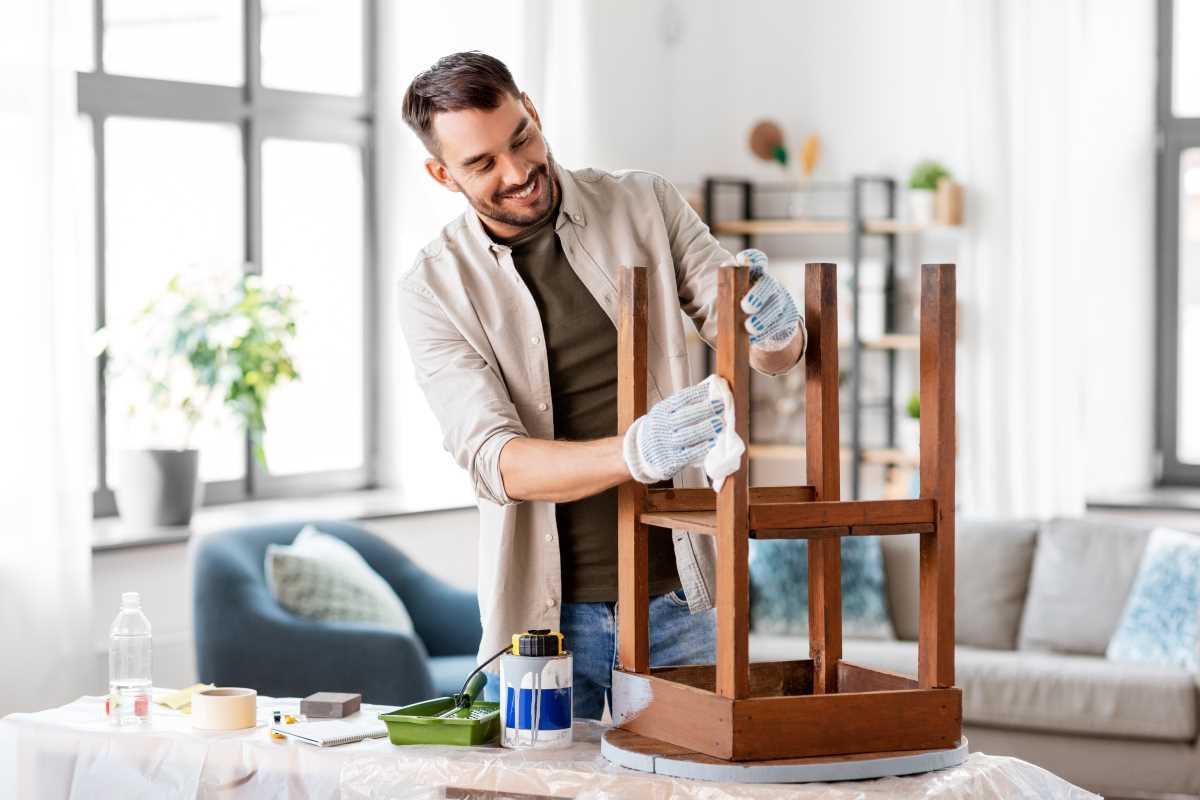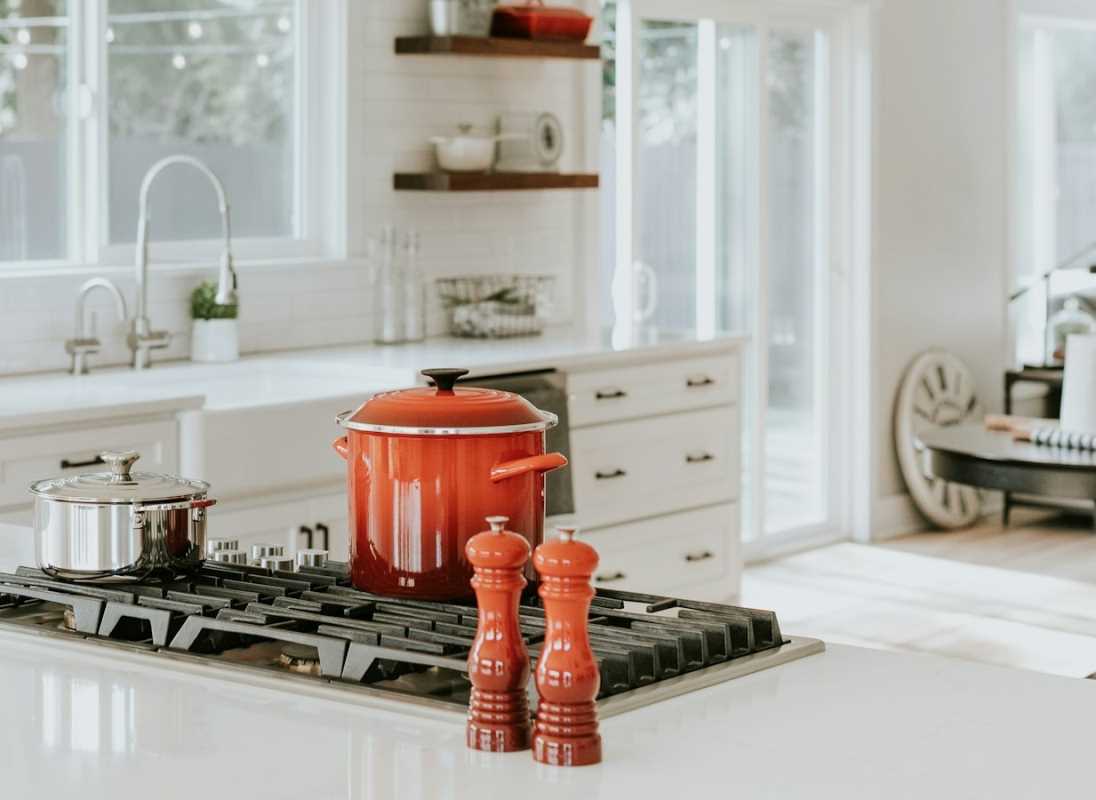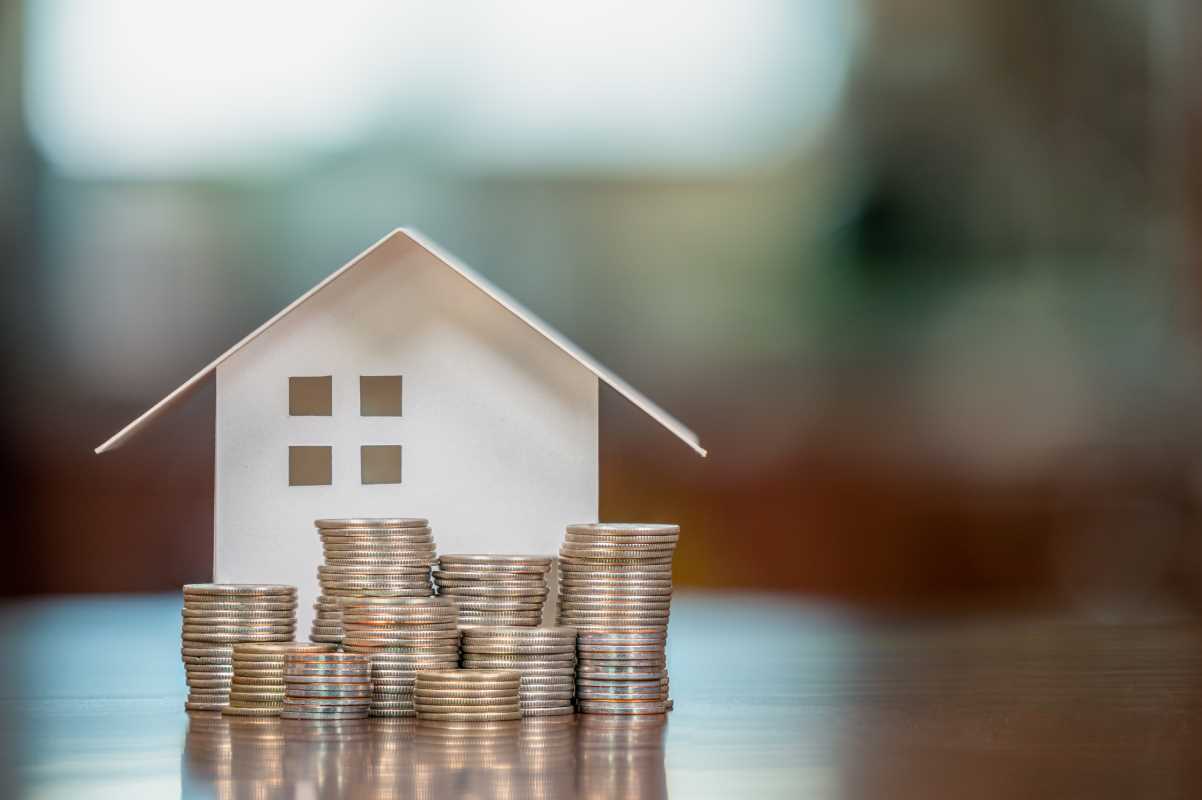Roof damage can be a homeowner's nightmare, leading to stress and unexpected expenses. While roofs are designed to withstand harsh weather and the test of time, they are not impervious to wear and tear.
Identifying the common causes of roof damage is essential to mitigating risks, avoiding costly repairs, and ensuring your home remains a safe and secure haven. Below are the top culprits of roof damage and actionable advice to help you prevent issues before they become severe.
Weather Conditions
Weather is one of the most common and unpredictable causes of roof damage. Harsh conditions such as heavy rain, strong winds, hailstorms, and snow can weaken even the most durable roofing materials.
For example, rainwater can seep into small cracks, causing leaks and water damage. Strong winds might lift or tear shingles, leaving your roof exposed to further deterioration. Similarly, hail can create dents or punctures, while snow buildup can lead to excessive weight that stresses the roof's structure.
Proactive steps such as inspecting your roof after severe weather events and clearing snow accumulation can help minimize weather-related damage. Additionally, investing in weather-resistant materials and coatings can enhance your roof's resilience against the elements.
Lack of Maintenance
Neglecting regular roof maintenance is a major factor that contributes to preventable damage.
- Over time, debris like leaves and branches can accumulate on your roof, trapping moisture and promoting the growth of mold and mildew.
- Clogged gutters are another common maintenance issue that can lead to water pooling on your roof and eventually causing leaks.
- Overhanging tree branches pose another threat, as they can scrape against shingles during windy conditions or fall during storms, causing significant damage.
Regularly cleaning your roof and gutters, trimming nearby trees, and scheduling periodic professional inspections can help you identify and resolve minor issues before they escalate.
Age of the Roof
All roofs have a finite lifespan, which varies depending on the materials used. Asphalt shingles, for instance, typically last 20 to 30 years, while metal or tile roofs can last much longer. As roofs age, the materials naturally deteriorate due to prolonged exposure to the elements, making them more susceptible to issues such as leaks, sagging, and cracking.
Knowing the age of your roof and its expected lifespan can help you anticipate when repairs or a full replacement may be necessary. If your roof is approaching the end of its useful life, consider budgeting for replacement to avoid being caught off guard by sudden failures.
Improper Installation
A roof's durability and performance heavily depend on proper installation. Unfortunately, not all contractors adhere to best practices, and improper installation can result in premature roof failure. Issues such as incorrectly aligned shingles, inadequate sealing, or poorly installed flashing can leave your roof vulnerable to leaks, structural damage, and other problems.
- To ensure a proper installation, it is crucial to hire a reputable and experienced roofing contractor.
- Ask for references, check reviews, and verify their certifications or licenses.
- A well-installed roof not only lasts longer but also provides peace of mind against future complications.
Pest Infestations
Your roof can become an unintended haven for pests like termites, birds, rodents, and even bees. Termites and rodents may chew through wooden structures and roofing materials, while birds and bees often create nests that can obstruct drainage or ventilation. These infestations can compromise the integrity of your roof, leading to costly damage over time.
Regular roof inspections can help you detect signs of pest activity, such as gnawed materials, droppings, or nests. If you suspect a pest infestation, consult a pest control professional promptly to address the issue and prevent further damage.
Flashing Damage
Flashing plays a critical role in maintaining your roof's water resistance by sealing gaps and joints, particularly around chimneys, vents, and skylights. Over time, flashing can become corroded, cracked, or loose due to weather exposure or general wear and tear.
When flashing fails, it creates entry points for water, leading to leaks and water damage inside your home.
Inspecting your flashing during routine roof checks can help you identify and repair minor damage before it worsens. Replacing damaged flashing or resealing vulnerable areas can protect your roof and extend its lifespan.
Other Contributing Factors
In addition to the causes outlined above, several less common factors can also contribute to roof damage. For instance, poorly ventilated attics can cause heat and moisture to build up under the roof, accelerating material deterioration. Walking on the roof without proper care can damage shingles or other components, especially if the roof is older or has weak spots.
- Homeowners should also consider the potential impact of heavy objects, such as falling tree limbs or satellite dishes, which can puncture or strain the roof's structure.
- Ensuring proper attic ventilation, avoiding unnecessary foot traffic, and securely mounting any roof installations can mitigate these risks.
Preventive Measures and Long-Term Care
Understanding the top causes of roof damage empowers homeowners to take proactive measures to safeguard their roofs. Regular inspections and maintenance, whether performed by yourself or a professional, are key to identifying and addressing issues early. Keep an eye on your roof's condition after extreme weather events, and address repairs promptly to prevent minor damage from escalating into costly repairs.
Investing in high-quality materials and professional installation can also make a significant difference in your roof's longevity. While these may require a higher upfront cost, they often pay off in reduced repair expenses and extended durability.
In the long run, staying vigilant about your roof's condition and addressing issues promptly can protect your home, ensure your family's safety, and save you money. By taking the time to care for your roof, you'll not only extend its lifespan but also preserve the value and comfort of your home for years to come.
 (Image via
(Image via





